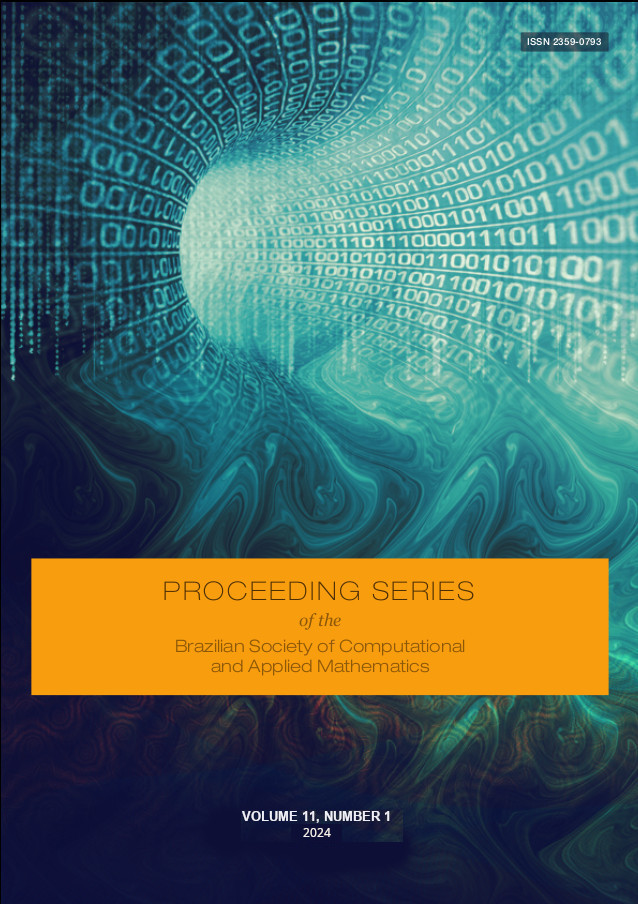Computational Simulation of the Alternative Cocoa Fermenter
Keywords:
Cocoa fermentation, Heat diffusion, Computational simulation, Fourier equationsAbstract
In the southern region of Bahia, the cocoa culture has been a source of income and moved the economy for a long time, but the emergence of the witch’s broom caused the decline of this productive sector. Given the importance of cocoa for the region, it makes sense to use it as an object of study for the development of academic research that can foster the reheating of this branch of the economy. In this context, for the processing of cocoa to occur to be able to use in the manufacture of chocolate and derivatives it needs to go through 5 distinct stages, being: harvesting, breaking, fermentation, drying, and storage. The stages in question are responsible for more than 45% of the organoleptic properties of cocoa, i.e. affect the final quality of the product. Fermentation is one of the most important stages since it is through fermentation that cocoa develops most of its characteristics, such as colors, flavors, and aroma. The step by step of cocoa fermentation is to let the mass ferment, without stirring, until the temperature reaches 32◦C or if it does not reach the ideal temperature, wait to complete 48h. There are cases in which temperatures can be reached between 40◦C to 60◦C. Thus, the idea arose to create a cocoa fermenter model that could increase the efficiency of the fermentation cycle, and boost its scale and quality. Nowadays the process is done manually, requiring the worker to perform the laborious task of monitoring and stirring the cocoa mass at short intervals, in hours. This work compares four fermentation equipment through the analysis of heat diffusion. The method is theoretical with the help of computer modelling, where the propagation of heat from a source throughout the system filled with a mass of cocoa is evaluated. This study considers four possible fermenter models, making use of Fourier equations in Cartesian and cylindrical coordinates to model the diffusion of heat in space since the biochemical reactions that occur in fermentation suffer a direct influence of temperature. The methodology used in this work consisted of the analytical resolution of the Fourier equation for the heat and the computational simulation of the cooling curve of the cocoa mass. The Fourier equation used to solve this problem is a second-order partial differential equation that describes the temperature variation in a constant volume; where only heat exchange occurs through thermal conduction and the regime is non-stationary, (temperature varies with time).
Downloads
References
J. H. Sales and T. Candida. “Efeito da temperatura sobre a amêndoa de cacau: secador vertical.” In: GEINTEC 6 (2016).
J. H. Sales and et al. “Modelagem Computacional Contribuindo para Desenvolvimento da Agricultura Cacaueira”. In: Vetor-Revista de Ciências Exatas e Engenharias 32 (2022), pp. 37–54.

